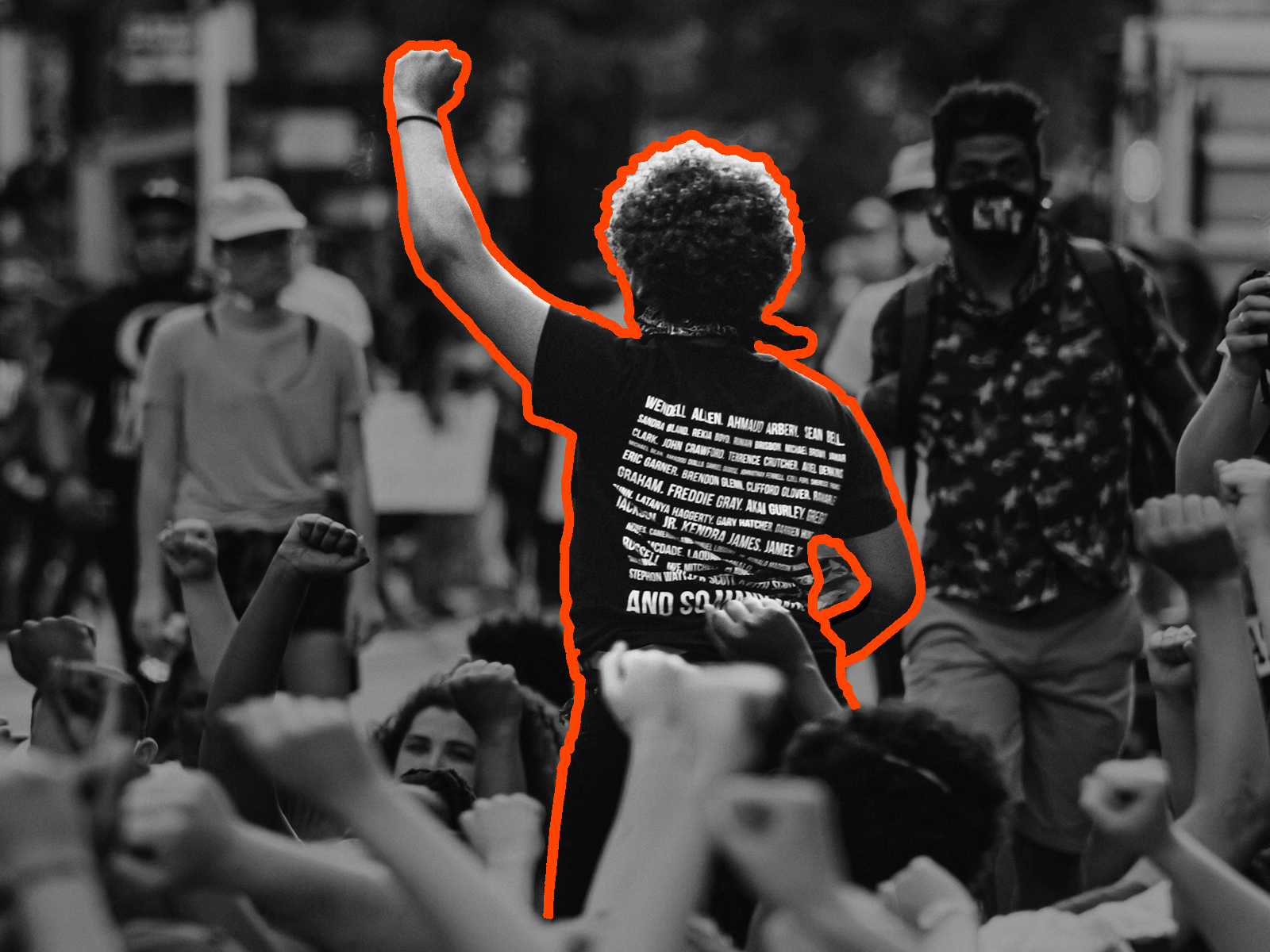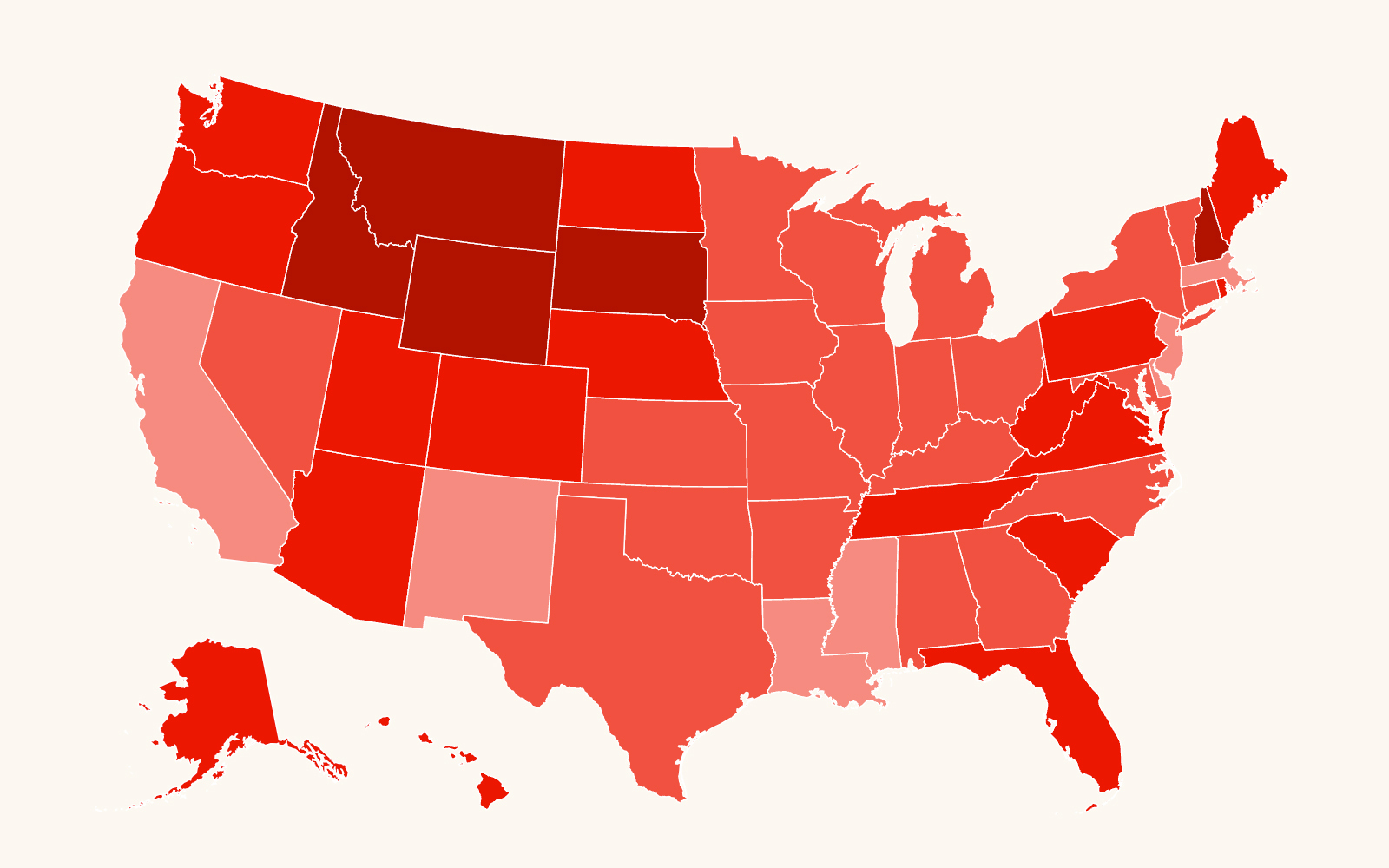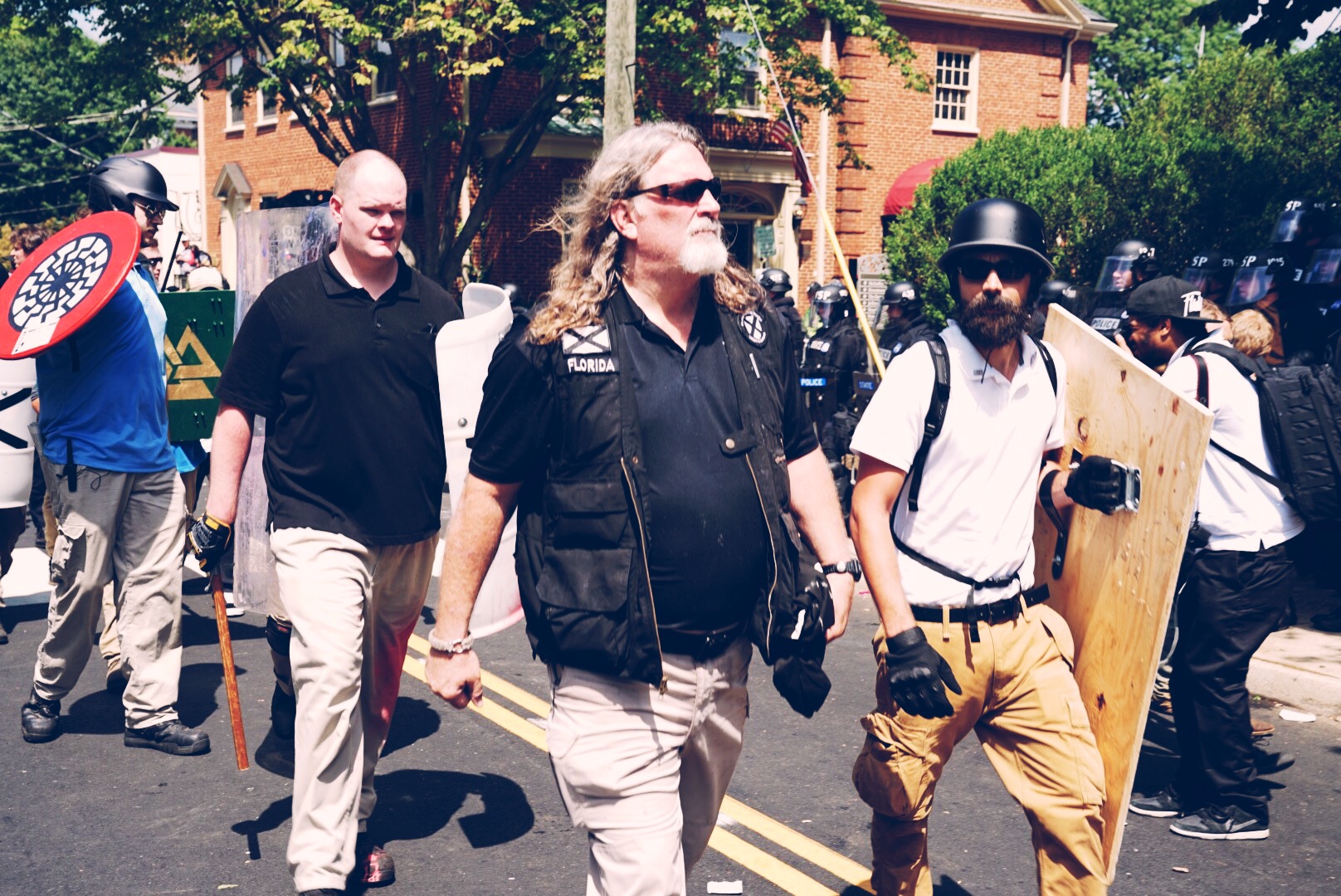What is the purpose of the hate and antigovernment extremist map?
Each year since 1990, the SPLC has published an annual census of hate groups and antigovernment groups operating within the United States. The number is one barometer of the level of hate and antigovernment extremist activity in the country. The hate and antigovernment extremist map, which depicts the groups’ approximate locations, is the result of a year of monitoring by analysts and researchers and is published annually.
Tracking hate and antigovernment extremist group activity and membership is extremely difficult. Some groups do everything they can to obscure their activities, while others grossly over represent their operations. The SPLC uses a variety of methodologies to determine the activities of groups and individuals. These include reviewing extremist group publications and materials, and reports by the public, law enforcement, field sources and the news media.
The antidemocratic hard right described in this report is a social and political movement that rejects equality and pluralism, and through its actions seeks to build a hierarchically ordered society in which certain groups of people hold more political, social and economic power than others. The hard right is authoritarian and reactionary, and very often conspiratorial, racist and nationalistic. Not all the groups and individuals that make up the hard right hold the same beliefs or embrace the same political strategies. But all espouse a view of society that is exclusionary, and generally target people of color, women, LGBTQ people, religious minorities, immigrants and/or non-Christians.
The SPLC tracks both hate groups and antigovernment extremist groups – which, combined, make up some of the most extreme elements of the hard right. These groups often overlap and work alongside one another and often converge around a willingness to engage in political violence, either inflict or accept harm, and deny legally established rights to historically oppressed groups of people.
What is a hate group?
The Southern Poverty Law Center defines a hate group as an organization or collection of individuals that – based on its official statements or principles, the statements of its leaders, or its activities – has beliefs or practices that attack or malign an entire class of people, typically for their immutable characteristics. An organization does not need to have engaged in criminal conduct or have followed their speech with actual unlawful action to be labeled a hate group. We do not list individuals as hate groups, only organizations.
Hate groups vilify others because of their race, religion, ethnicity, sexual orientation or gender identity – prejudices that strike at the heart of our democratic values and fracture society along its most fragile fault lines.
The FBI uses similar criteria in defining the bias motivation of a hate crime:
[A] criminal offense against a person or property motivated in whole or in part by an offender’s bias against a race, religion, disability, sexual orientation, ethnicity, gender, or gender identity.
We define a “group” as an entity that has a process through which followers identify themselves as being part of the group. This may involve donating, paying membership dues or participating in activities such as meetings and rallies. Individual chapters of a larger organization are each counted separately, because the number indicates reach and organizing activity.
Download the 2023 list of SPLC-designated hate groups with EIN (tax ID) numbers.
What is an antigovernment group?
In addition to hate groups, the SPLC monitors a sector of the hard right known as the antigovernment extremist movement.
An antigovernment group is an organization or collection of individuals that – based on its official statements or principles, the statements of its leaders, or its activities – believes the federal government is tyrannical and traffics in conspiracy theories about an illegitimate government of leftist elites seeking a “New World Order.” In the past this movement was referred to as the “Patriot” movement by adherents and critics.
Although many elements of the movement were originally rooted in white supremacy and antisemitism, the movement has attempted to distance itself from these ties since the mid-1990s, following the Oklahoma City bombing. In recent years, however, antisemitic and anti-Muslim sentiments have permeated the movement’s conspiracy theories.
Download SPLC’s 2023 list of antigovernment groups with EIN (tax ID) numbers.
How do I read the hate and antigovernment extremist map?
The SPLC hate and antigovernment extremist map depicts the approximate locations of hate and antigovernment extremist group chapters. The location of a chapter does not imply that local government officials or residents endorse the beliefs of the group. The hate and antigovernment extremist map is also available in text format sorted by state and by ideology.
What does ‘statewide’ mean?
Some hate groups have chapters that meet in different cities across a state. And, in some cases, these groups have not designated a specific location as their headquarters. When this occurs, the SPLC lists the chapter as statewide and indicates on the hate and antigovernment extremist map how many statewide chapters the state has.
How does the SPLC’s Hatewatch differ from the hate and antigovernment extremist map?
The SPLC’s Hatewatch provides investigative reporting and breaking news analysis on the radical right. Individuals discussed on Hatewatch are not necessarily part of our hate and antigovernment extremist group list, as we do not list individuals as hate groups. Hatewatch mentions also do not necessarily imply that the individuals or the groups discussed are members or leaders of hate or antigovernment groups.
How often does the SPLC publish its hate and antigovernment extremist map?
The SPLC produces a nationwide map on an annual basis. The map includes groups that showed activity during the previous calendar year. Some groups may only exist for a few months during the calendar year and others may disappear or change location after the hate and antigovernment extremist map is published.
Does violence play a role in designating hate and antigovernment extremist groups?
Vilifying or demonizing groups of people on the basis of their immutable characteristics, such as race or ethnicity, often inspires or is a precursor to violence. But violence itself is not a requirement for being listed as a hate or antigovernment extremist group. Because a group’s ideology can inspire hate violence even when the group itself does not engage in violent activity, we concentrate our analysis on ideology. An example is Dylann Roof’s racist Charleston massacre at Mother Emanuel church in 2015. Roof was not a member of any hate group, but his act was inspired by the ideology of the white nationalist group Council of Conservative Citizens (CCC), among other hate group websites. The CCC has no track record of leaders or members engaging in violence, but its ideas can clearly prompt hate violence.
Conversely, some violent groups are not hate groups. For example, we do not list racist prison gangs as hate groups, because their goals are primarily criminal, not ideological.
The SPLC condemns violence in all its forms.
Can organizations operating in the mainstream be hate and antigovernment extremist groups?
Yes. In fact, it’s even more important to call out groups that demonize others while having a foothold in the mainstream. It’s easy to recognize the hater in a white sheet and pointy hat for what they are. It’s the wolf in sheep’s clothing that’s harder to identify. A wolf doesn’t always see themselves as a wolf and the SPLC works to identify these actors and this trend, and to ensure that the public is aware of the efforts to mainstream hate and antigovernment extremism.
How does SPLC address hate groups led by people of color?
In pursuit of a more accurate and more just map, the Intelligence Project (IP) collapsed what were formerly called “Black Separatists” and transferred them to other hate ideologies, including antisemitism, that better describe the harm they inflict. This comes after extensive consultation with internal and external experts and better captures the power dynamics endemic to white supremacy. These groups are listed on the SPLC’s hate and antigovernment extremist map because they propagate antisemitic, anti-LGBTQ and male supremacist views. Read more here. The hate and antigovernment group designation is based on activity, belief and ideology, not the race of the individuals group members.
Why doesn’t the SPLC list all FBI designated foreign terrorist organizations?
The SPLC lists only domestic hate and antigovernment extremist groups — those based in and focused on organizing in the United States.
What are the Extremist Files?
The Extremist Files feature on our website contains in-depth profiles of groups and individuals who are key figures on the radical right. Most are associated in some way with either hate groups or antigovernment groups. These profiles, however, should not be confused with the hate and antigovernment extremist group list; we do not list individuals as hate groups, and not all of the profiled individuals are members or leaders of hate or antigovernment extremist groups.



